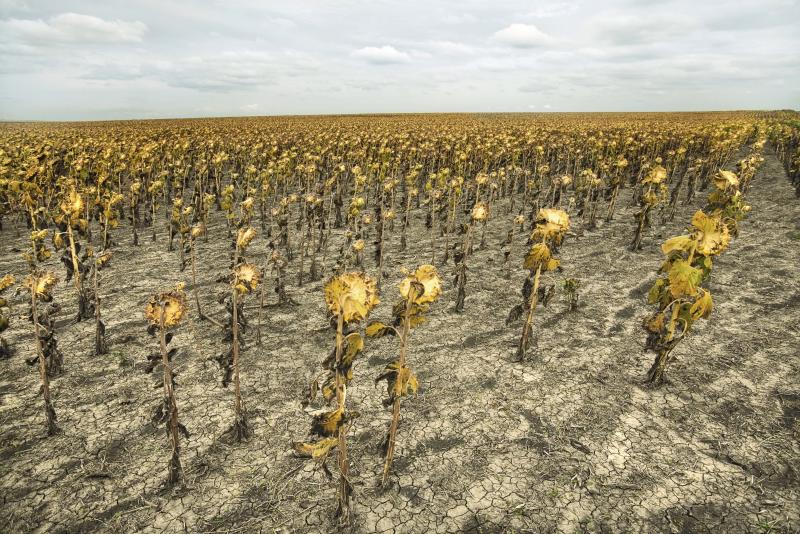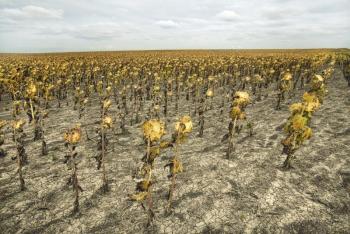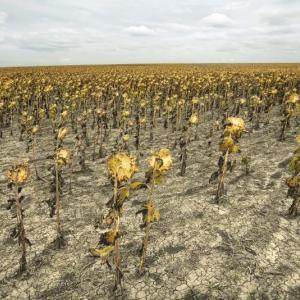Drought conditions worsen across Maine, little relief in sight
AUGUSTA — Maine’s Drought Task Force convened Thursday by virtual meeting, to discuss the worsening drought conditions across the state.
Since the Task Force met two weeks ago, the area considered to be in severe drought has grown to 42 percent of the state and now includes portions of Penobscot, Piscataquis, Somerset and Washington Counties in addition to Aroostook County, which has been in severe drought for more than seven weeks.
"We will continue to monitor conditions and convene in two weeks, or sooner, if need be," said MEMA Director Peter Rogers. “Meanwhile, we encourage anyone with a dry well to report it via our Dry Well Survey.”
MEMA launched the Dry Well Survey two weeks ago and has received some feedback of dry wells in Somerset, Waldo and Washington Counties. The reported wells are residential, dug wells.
Anyone wishing to complete the survey without internet access can call 2-1-1. Completing the survey does not guarantee any type of assistance but helps the Task Force determine how widespread the problem may be and what resources may be needed.
The U.S. Geological Survey reports that ground water levels are dropping steadily and surface water levels have worsened slightly over the last two weeks.
The National Weather Service reports that conditions could worsen over the next seven days, but the six to 10 day forecast shows above-normal precipitation and temperatures in the normal to below normal range.
The Maine Department of Health and Human Services, Center for Disease Control and Prevention, Drinking Water Program (DWP) is receiving reports from public water systems experiencing drought-related water quantity issues statewide. Public water systems continue to take steps to modify operations to accommodate low water. Some systems have requested that their customers participate in voluntary water conservation measures.
The USDA Farm Service Agency reported an impact to most crops across the state, including potatoes, hay, oats, barley, blueberries and cover crops. In addition, some farmers report having to sell off cattle early due to the lack of hay. Some farms report that they are struggling to keep up with irrigation needs. The USDA is taking steps to assist farmers, ranchers and small businesses as the drought continues.
Citizens who may be experiencing low water levels in wells are also encouraged to take the following steps:
- Avoid filling wells by a water hauler or fire department. This could contaminate the owner's well because water from an unknown source may contain toxins and water would likely leak out in a short amount of time.
- Check water systems for leaks and fix them. This can also save money for those on public water.
- Ensure you have a full load before running dishwashers and washing machines.
- Space out water usage to avoid a temporary shortage that could damage the pump.
- If using drinking water from an outside source, make sure containers and the water source are clean.
- Use a licensed well driller or pump installer to check water levels in wells for the most accurate assessment and advice and to avoid contamination.
The Drought Task Force is made up of state, federal and private scientific, agricultural, regulatory, water use and natural resources organizations and assists in monitoring, coordinating, and managing responses to droughts and recommends actions to minimize impacts to public health, safety, the environment and agriculture.
The Task Force will continue to monitor the situation and plans to convene again in two weeks, or sooner, if needed.
Event Date
Address
United States
























